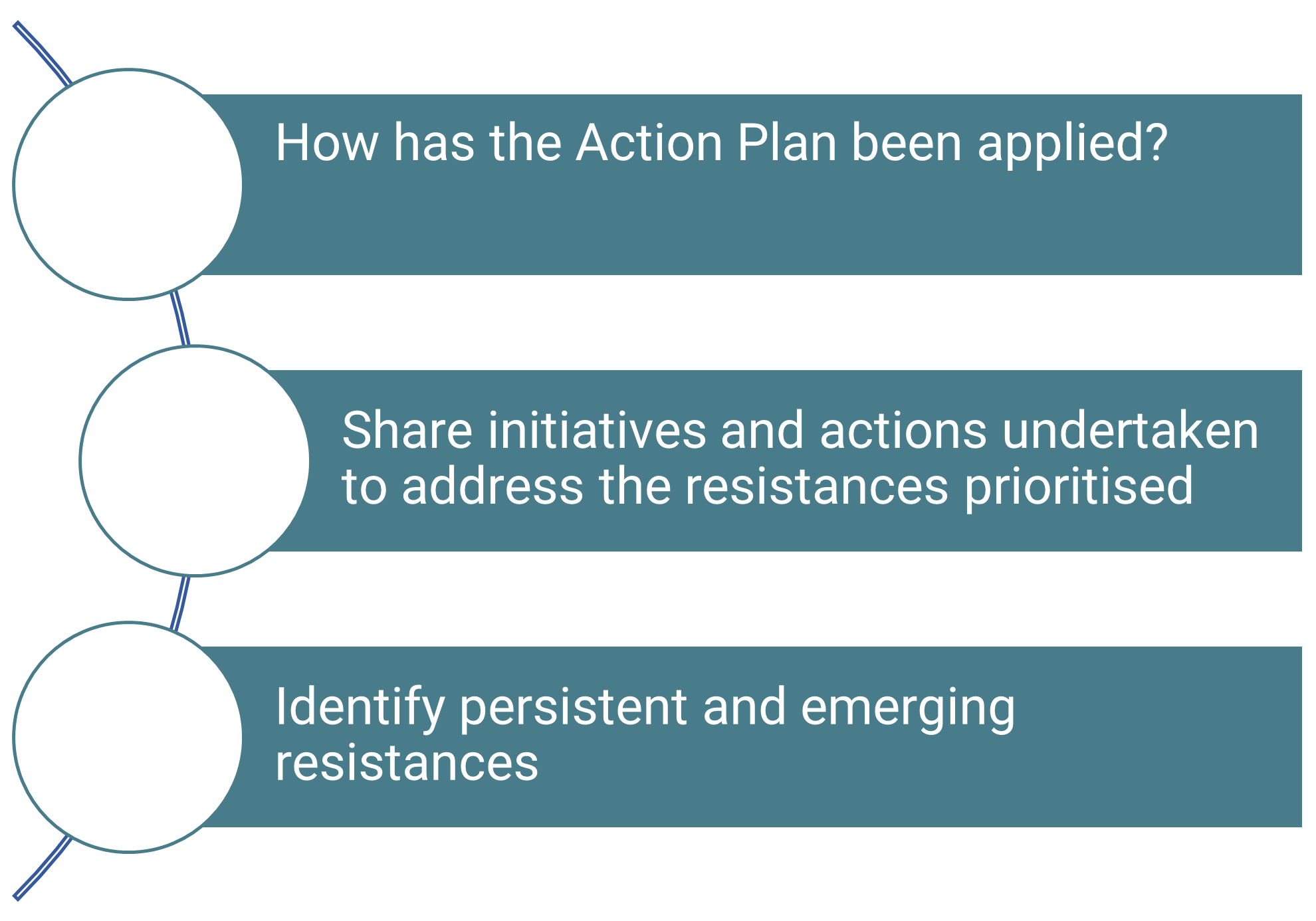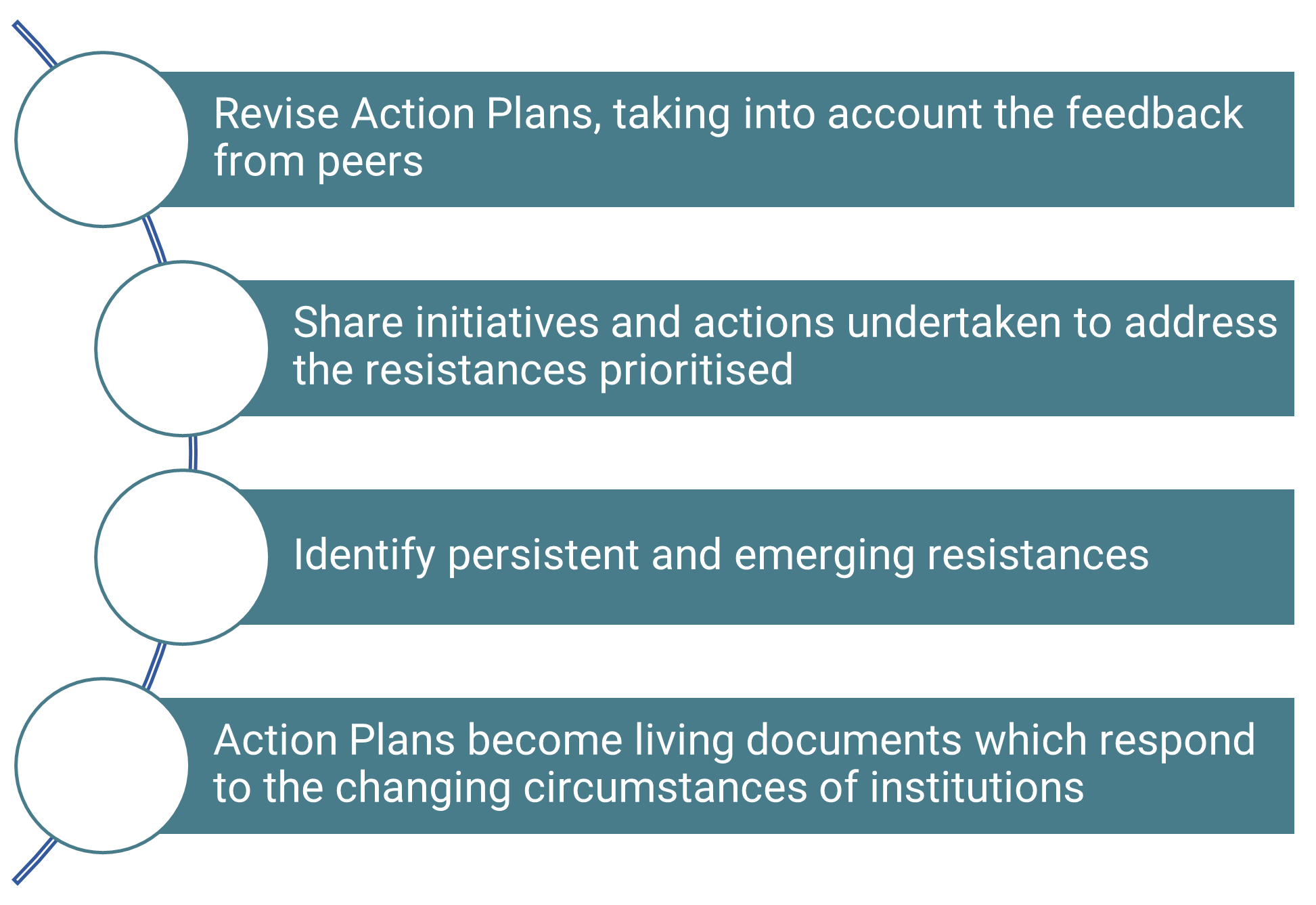By Lucy Ferguson, Yellow Window
We know that resistances are a normal and necessary aspect of structural change for gender equality. As Fiona Mackay argues:
“We should celebrate as a success cases where the status quo has to start to work hard to reproduce itself and has to invest resources and energy in resisting gender change. The need for visible resistance to positive change is a success. It is evidence of the chipping away of patriarchy; it might be chipping away really slowly, but it is changing.”[i]
However, for many of us, the daily practice of dealing with resistances is challenging, and often exhausting or demotivating. The recently published Toolkit: Resistances to structural change in gender equality – co-authored with Lut Mergaert – was developed in order to support for those implementing structural change in higher education institutions to deal with resistances in their work. While reading the Toolkit, we invite you to reflect on a couple of key questions: How do you currently deal with resistances? How could you deal with resistances differently?
The Toolkit draws on the collaborative efforts of a range of H2020 structural change projects – particularly SUPERA, GE Academy, Gender-SMART and GEARING-Roles. It incorporates the learnings and reflections from three in-person and two online workshops on dealing with resistances, as well as a SUPERA project webinar which followed up on the resistances toolkits developed during the in-person workshop. Following these workshops, the majority of participants reframed their thinking by acknowledging that resistances are a normal and necessary part of change. They also agreed that resistances are something which can be managed, and felt encouraged to be subversive and strategic, often within unfavourable or challenging political circumstances. The Toolkit is organised in three sections: Categorising and theorising resistances; Common guidelines for dealing with resistances; Resistances Action Plan.
Categorising resistances – why, how, who?
Building on previous work developed by the FESTA project[ii] as well as other research, the toolkit presents a set of examples and questions to help readers understand how to categorise the resistances they are experiencing when implementing their Gender Equality Plans (GEPs) and structural change programmes. Reasons why resistances are being experienced include a wide range of aspects, such as, for example: limited human and financial resources; conflicting interests and priorities for funding; lack of capability; not knowing how to do it or uncertainty on how to start; gender blindness; and a perception that gender equality has already been achieved. As shown here, resistances are not always specifically about gender equality per se. Indeed, as discussed during the workshops, our assumptions regarding what is behind resistances may at times be arbitrary and not necessarily reflect the actual reasons for resistance.
Resistances to structural change can be manifested in a number of different ways – which can largely be categorised into active/explicit and passive/implicit. Active or explicit resistances tend to be easier to identify, such as: hostility, sexist humour, devaluation and disparaging women’s accomplishments or professional commitment, interrupting, denial of access to resources, etc. Further expressions of explicit resistances include: “essentialist” discourses about gender inequalities; depoliticising and marginalising gender inequality arguments and data as a matter of contrasting opinions, rather than “facts”. In contrast, passive or implicit resistances can be more difficult to identify and address. These include: making procedures more difficult, limiting access to institutional resources, providing mere lip-service support but nothing else, etc.
In terms of who is creating resistance to structural change, individual resistances come from a single person, more often from men, although not exclusively. Group resistances can also be identified, such as a specific department or group of colleagues within a department. As discussed in the workshops, institutional – as opposed to individual or group – resistances are more difficult to address, as they tend to be a product of institutional culture or an institution’s legal or administrative procedures. Moreover, the superficial or preliminary manifestation of resistances may be seen differently as the implementation process develops. It should be noted that in some workshops, participants found it more difficult to identify institutional resistances compared to individual.
Common guidelines for dealing with resistances
The Toolkit presents the collective work of participants in the resistances workshops. In terms of caring for the “core team”, an emerging theme in structural change projects is the lack of recognition of “academic care work”. In order to acknowledge this, the Toolkit develops the “Four Ss (for us)” approach:
- Success – celebrate small wins to help motivation
- Sanity – use energies where they can have most impact
- Self-care – look after each other’s well-being
- Sustainability – bear in mind this is a long-term process
Within the ‘For Us’ approach, participants developed the Anticipate – Prepare – Rehearse strategy. Rehearsal involves practising arguments and counter-arguments and learning to communicate politically – for example, use of role plays has been particularly useful. As set out in the Toolkit, role plays can be used by the core team to practice particularly challenging or stressful situations in advance, managing reactions and preparing strategies. More broadly, in order to tackling resistances to implementation, the Toolkit discusses the following aspects: develop tactics and strategies; build networks and alliances; learn to deal with bureaucracy; and improve arguments and communication.
Resistances Action Plan
Finally, the Toolkit presents an Action Plan, composed of five stages: Identify and Categorise; Prioritise; Conduct a Follow-up Session; Revise.
Stage 1 – Identify and Categorise
Stage 2 – Prioritise
Stage 3 – Follow up Session
Stage 4 – Revision of Action Plans
We invite you to use the Toolkit to support your ongoing efforts in structural change for gender equality. The full document can be found here at this link.
[i] Fiona Mackay, quoted in Aruna Rao, Joanne Sandler, David Kelleher, Carol Miller (2016), Gender at Work: Theory and Practice for 21st Century Organizations, Routledge
[ii] Saglamer et al. (2006), Handbook on Resistance to Gender Equality in Academia, available at: https://www.festa-europa.eu/public/handbook-resistance-gender-equality-academia






